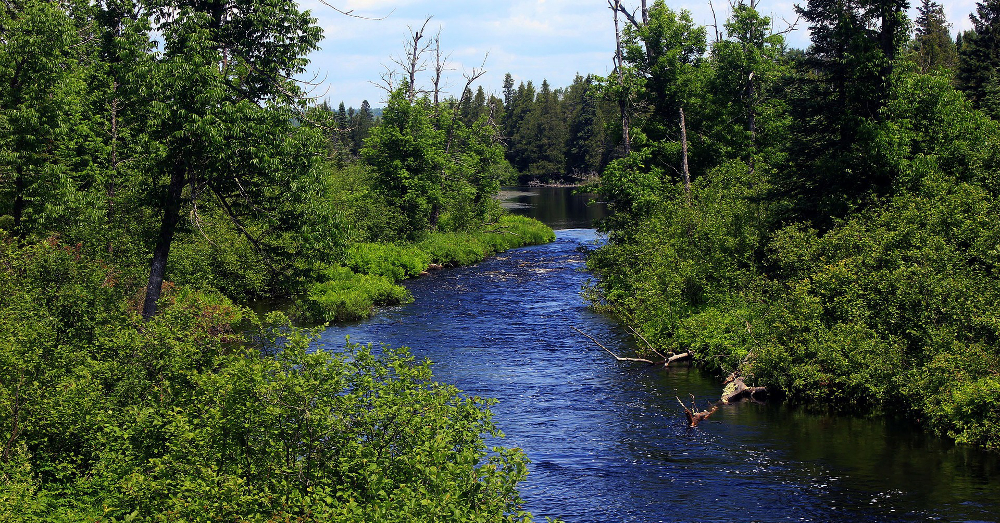
Progress on Cleaning Minnesota River Swamped by High Volume of Water
The increasing volume of water flowing down the Minnesota River is offsetting slim gains in water quality.
That’s the core finding of a new report on the Minnesota River, one of the state’s most polluted rivers and one that flows into the Mississippi River in St. Paul. The Minnesota Pollution Control Agency’s conclusion is grim: “Sediment clouds the water, phosphorus causes algae, nitrogen poses risks to humans and fish, and bacteria make the water unsafe for swimming.”
October 3, 2017 | Source: Star Tribune | by Jennifer Bjorhus
Heavier rainfall, drained wetlands erode progress on Minnesota River.
The increasing volume of water flowing down the Minnesota River is offsetting slim gains in water quality.
That’s the core finding of a new report on the Minnesota River, one of the state’s most polluted rivers and one that flows into the Mississippi River in St. Paul. The Minnesota Pollution Control Agency’s conclusion is grim: “Sediment clouds the water, phosphorus causes algae, nitrogen poses risks to humans and fish, and bacteria make the water unsafe for swimming.”
The agricultural workhorse river has been the focus of intense efforts since the 1970s to improve its water quality; close to $1 billion has been spent on it.
Very long-term trends in nitrates, phosphorus and total suspended solids in the Minnesota River have generally improved, said Lee Ganske, who supervises the PCA’s Watershed Pollutant Load Monitoring Network. Recent trends in the watershed are less clear.
“Most sites show no detectable further improvement in water quality over the past nine years,” Ganske said.
He said he wished the report showed more signs of progress: “I’m walking that line between concern and optimism.”
There have been improvements. Phosphorus flowing into the Minnesota River from wastewater treatment plants, for instance, has dropped 60 percent over the last decade, according to the PCA report out Monday. Phosphorus is a major pollutant that suppresses oxygen in water and contributes to algae blooms.
However, wastewater treatment plants aren’t the dominant source of phosphorus in the river. The report blames agricultural chemicals and soil loss from erosion. High levels of nitrates from fertilizer runoff and manure also plague the waterway.
